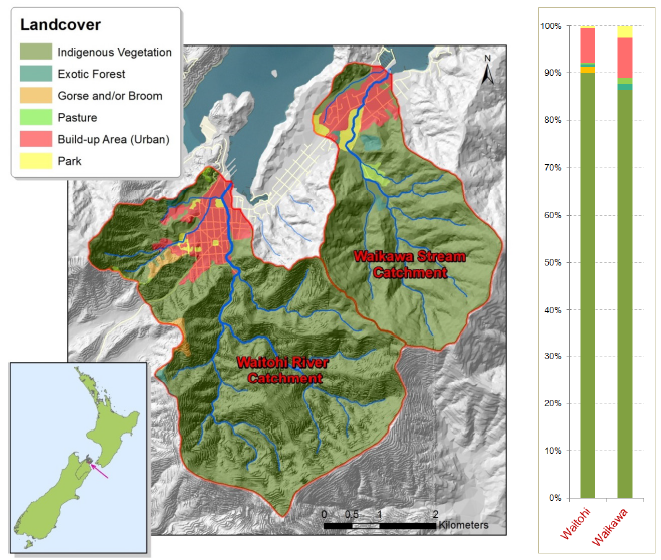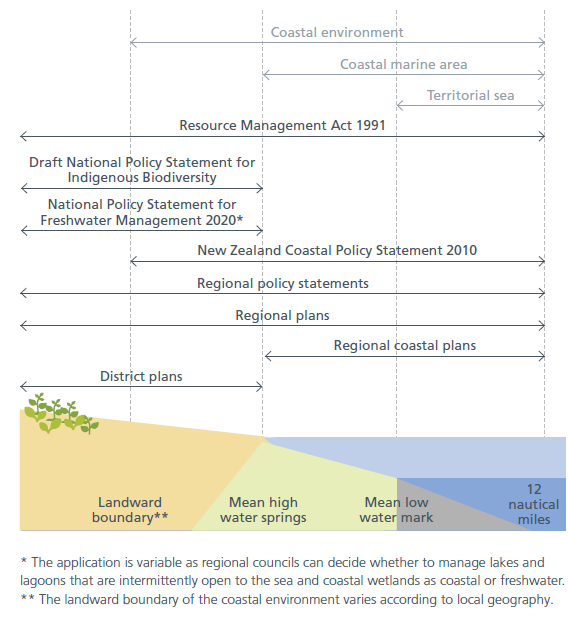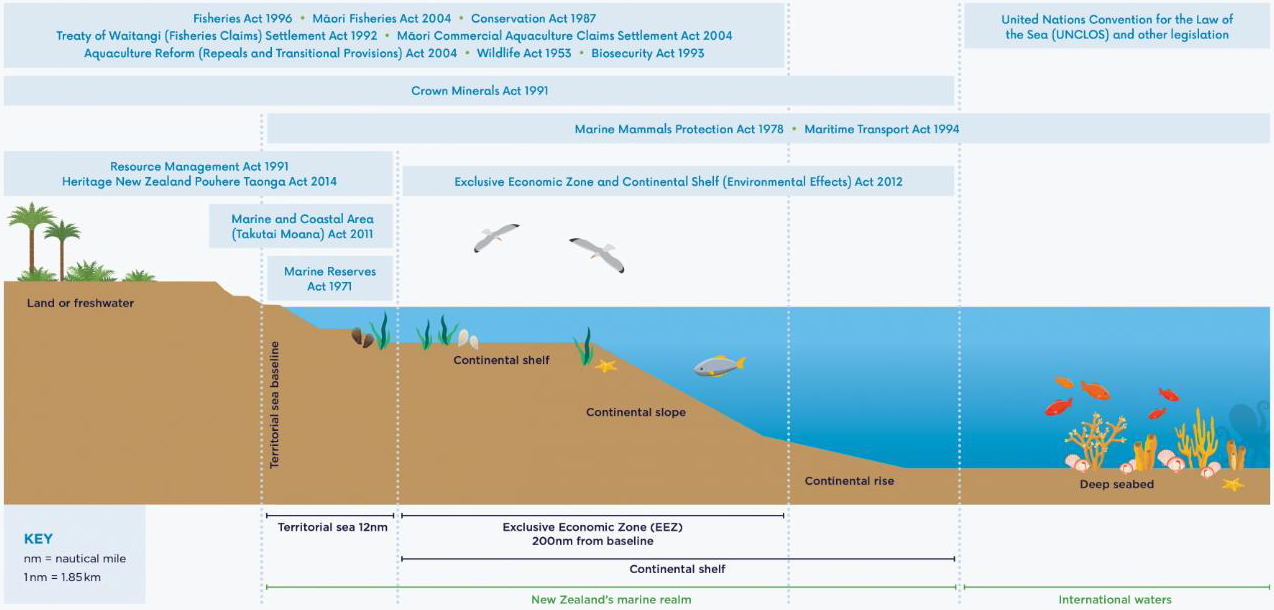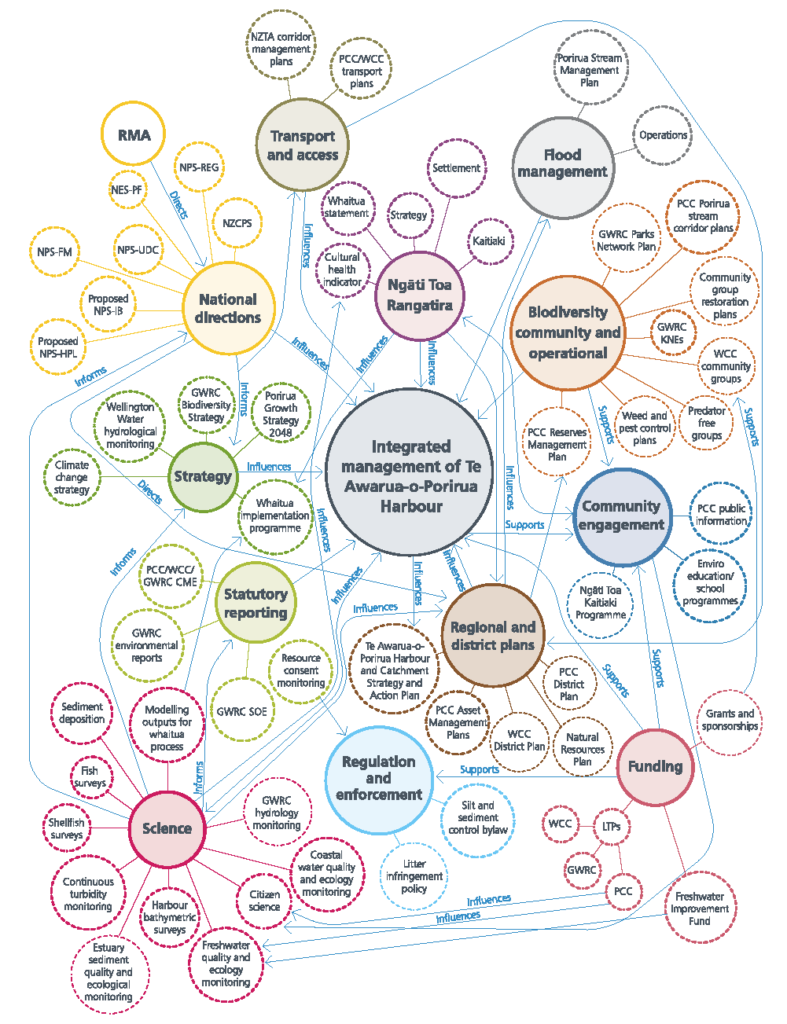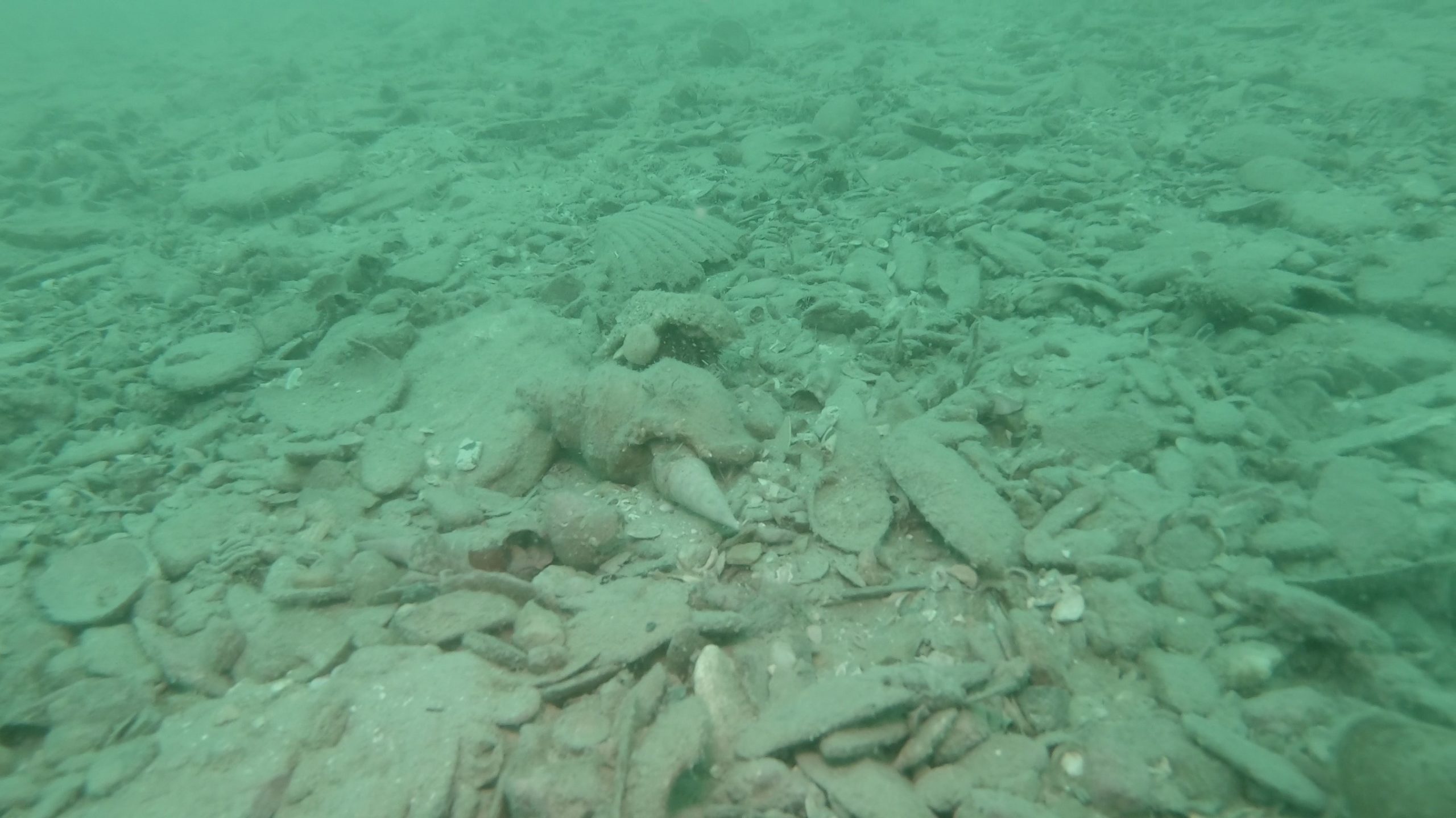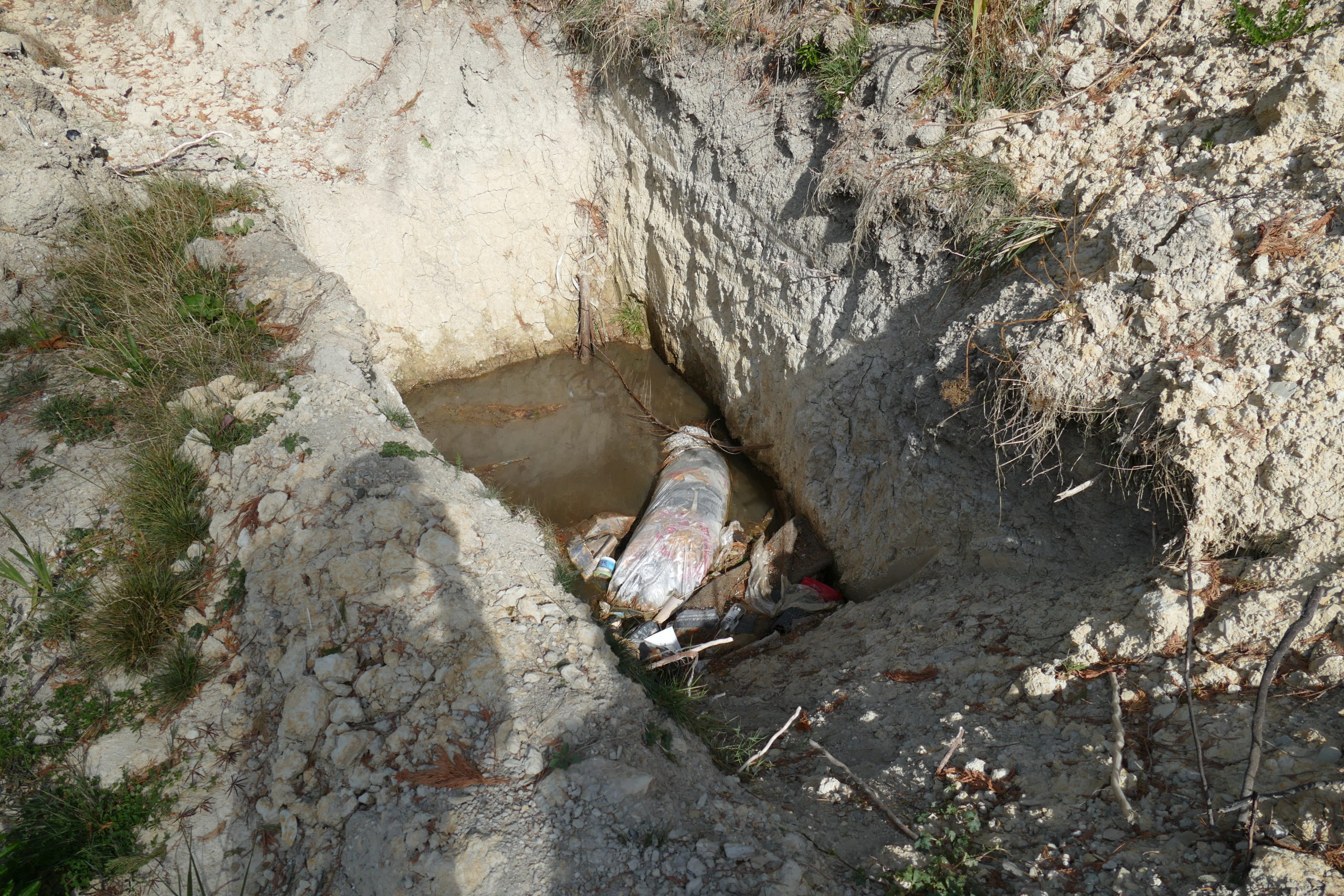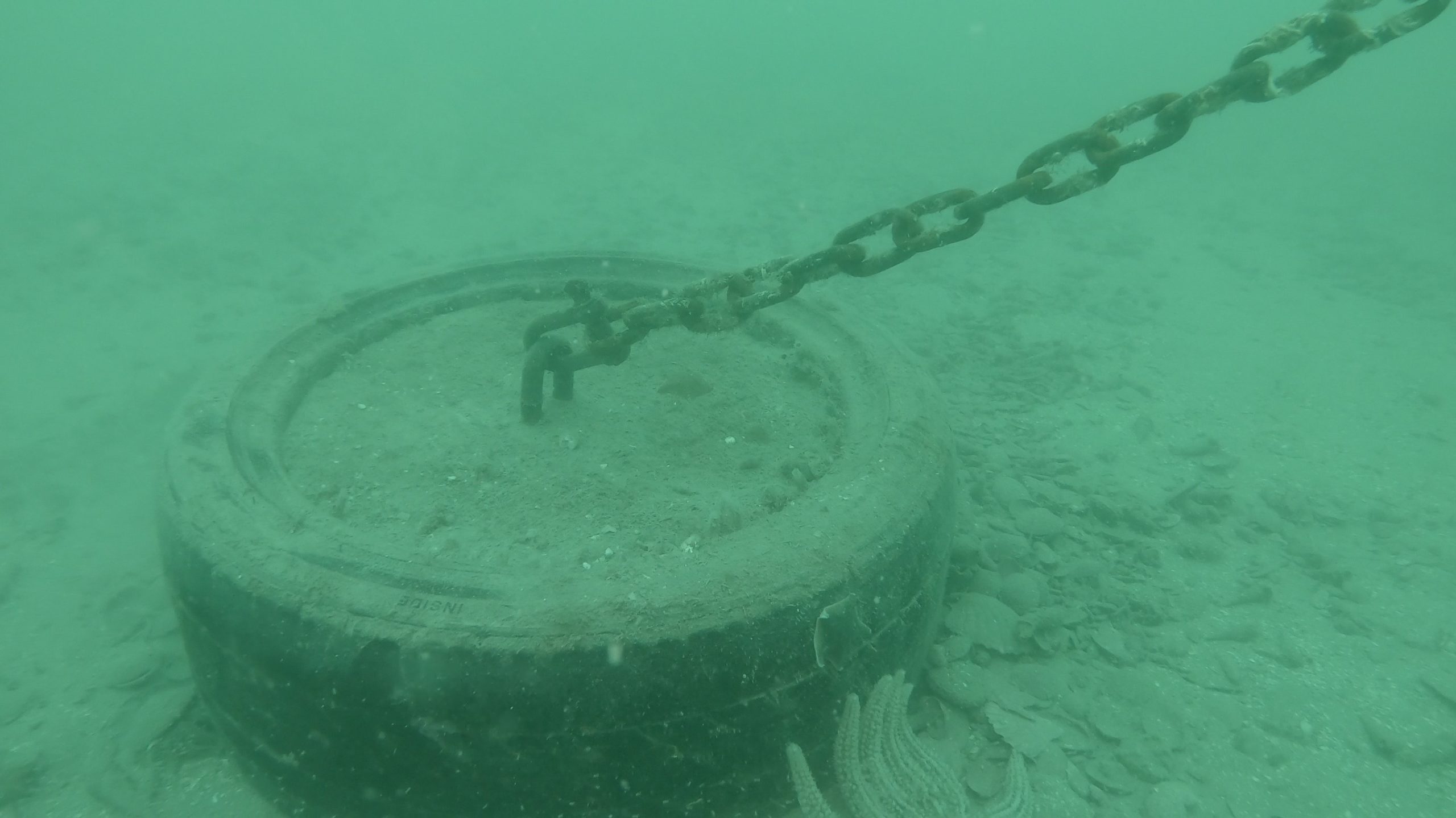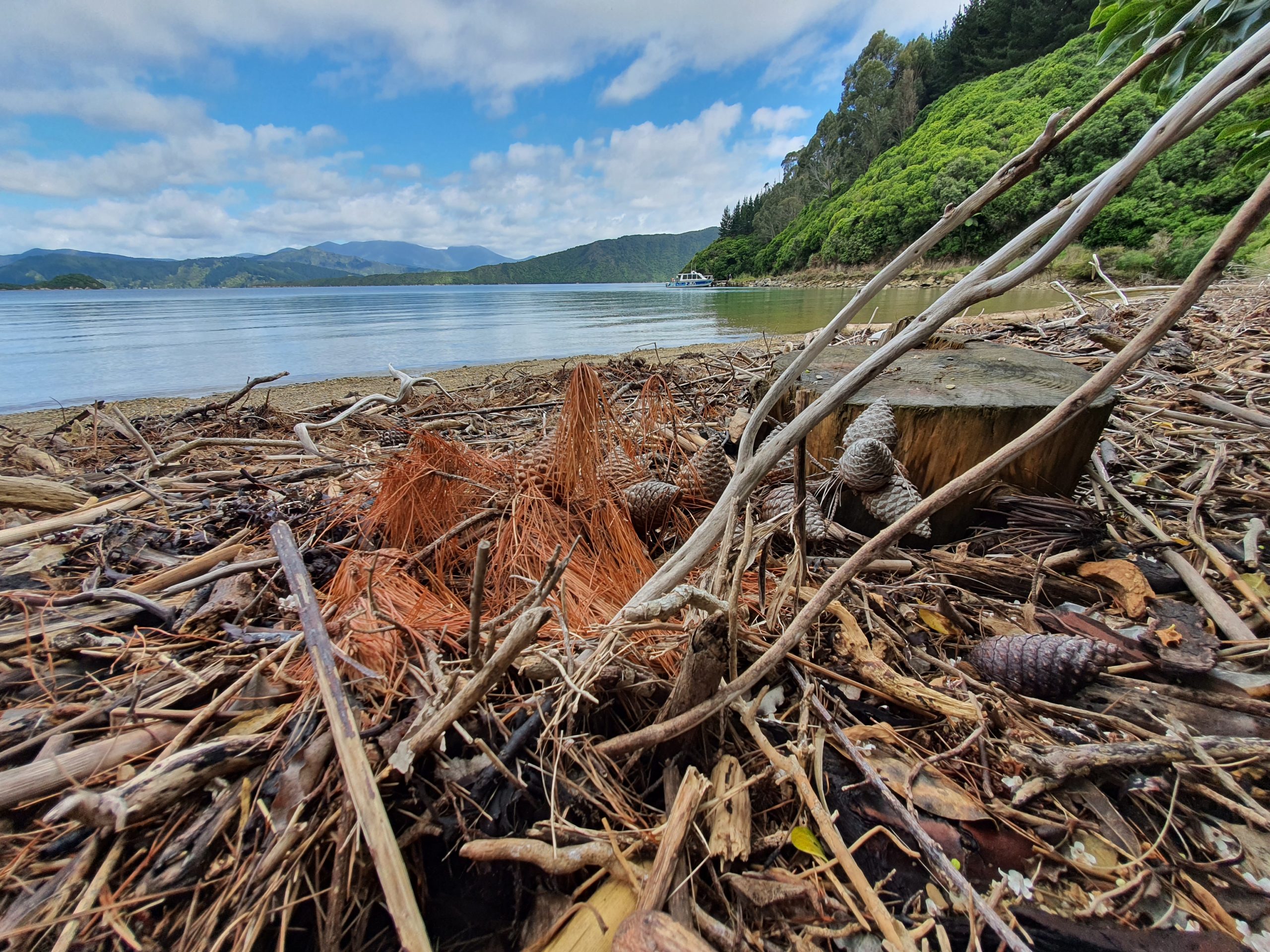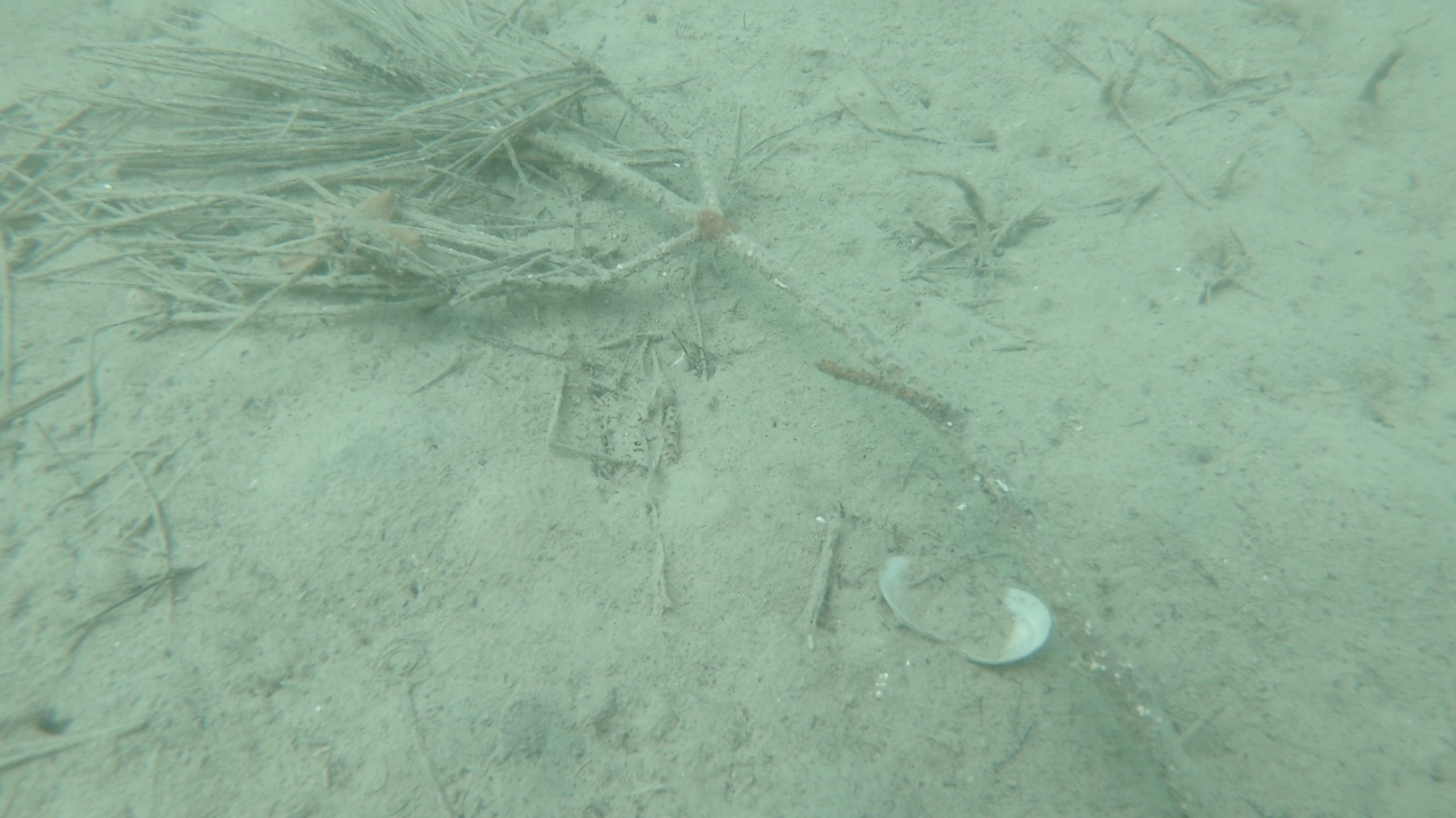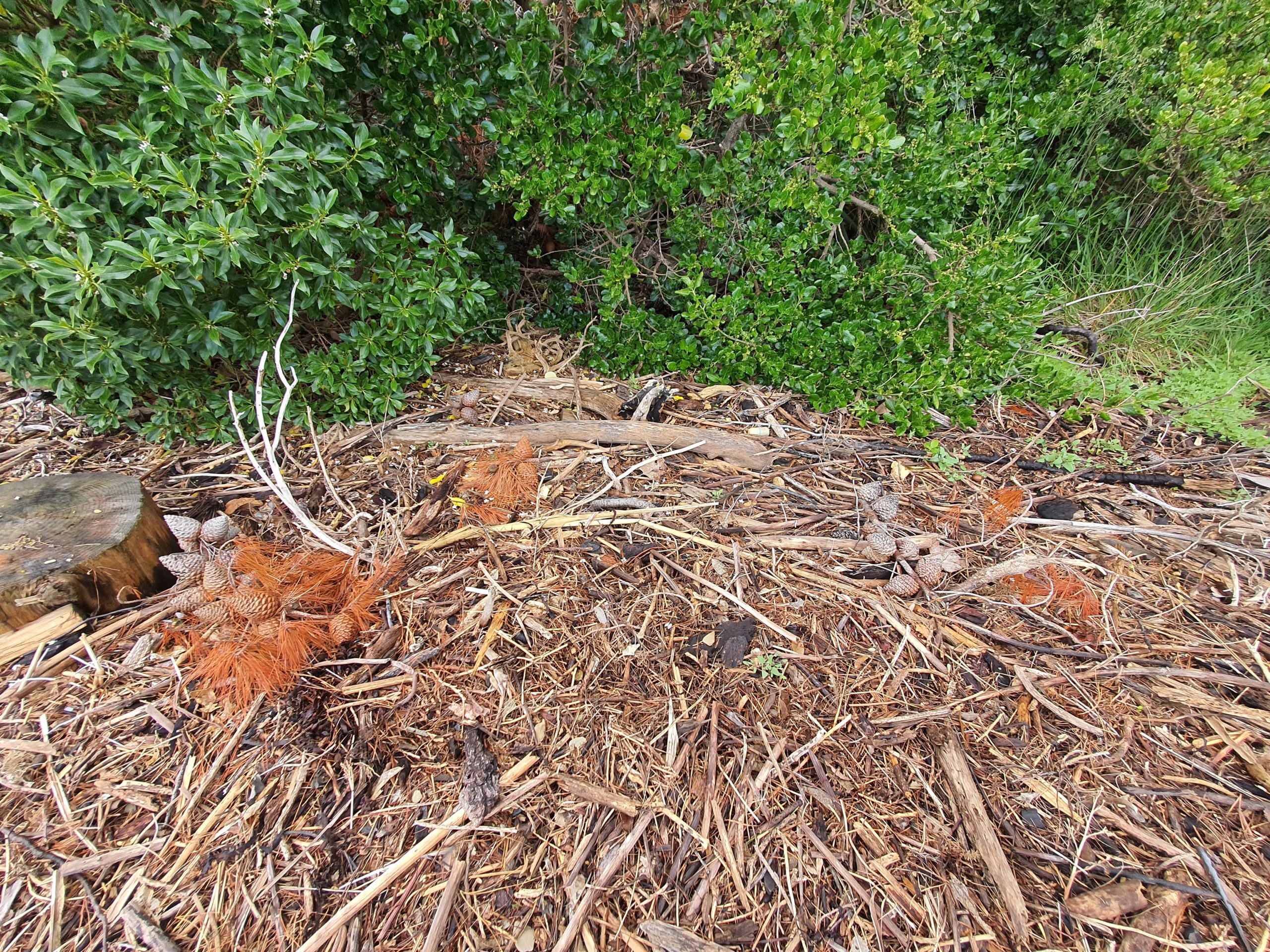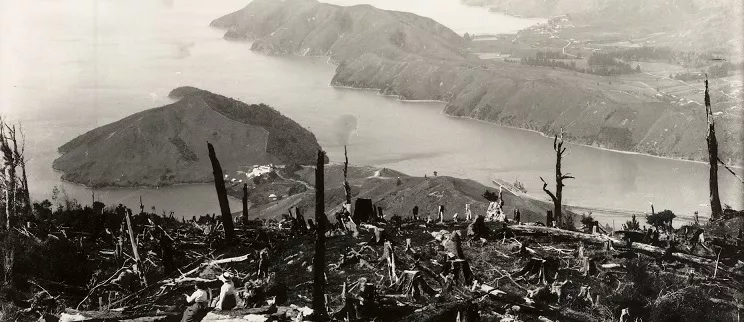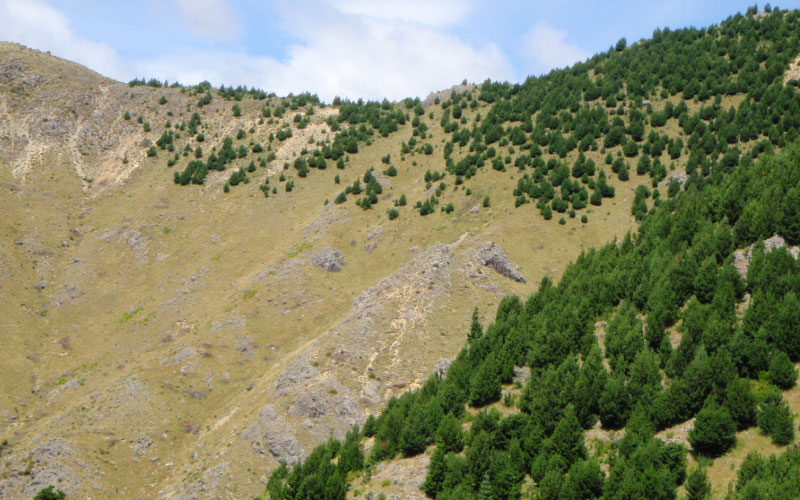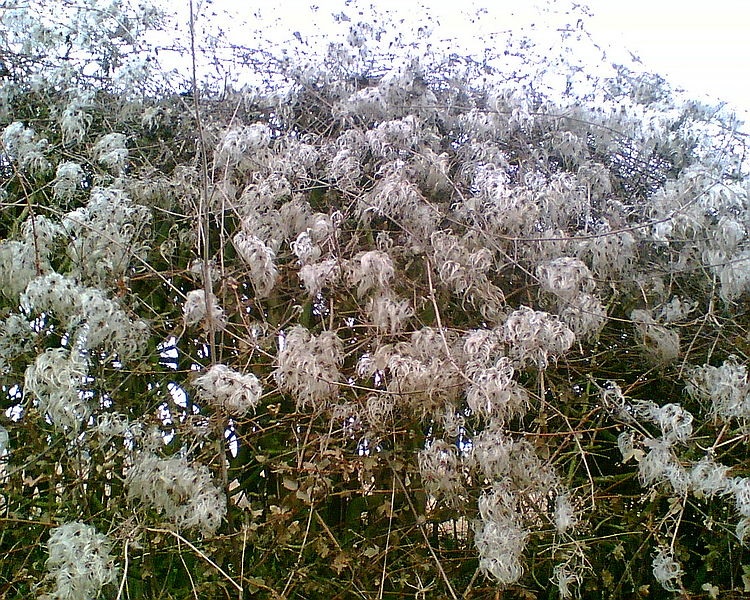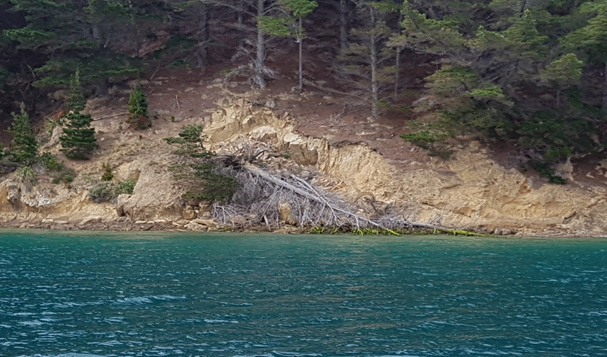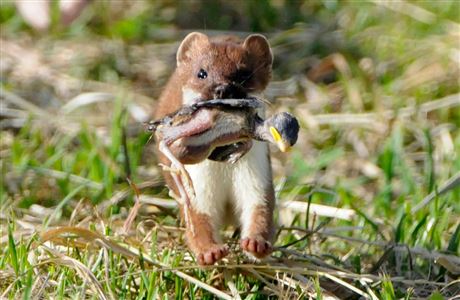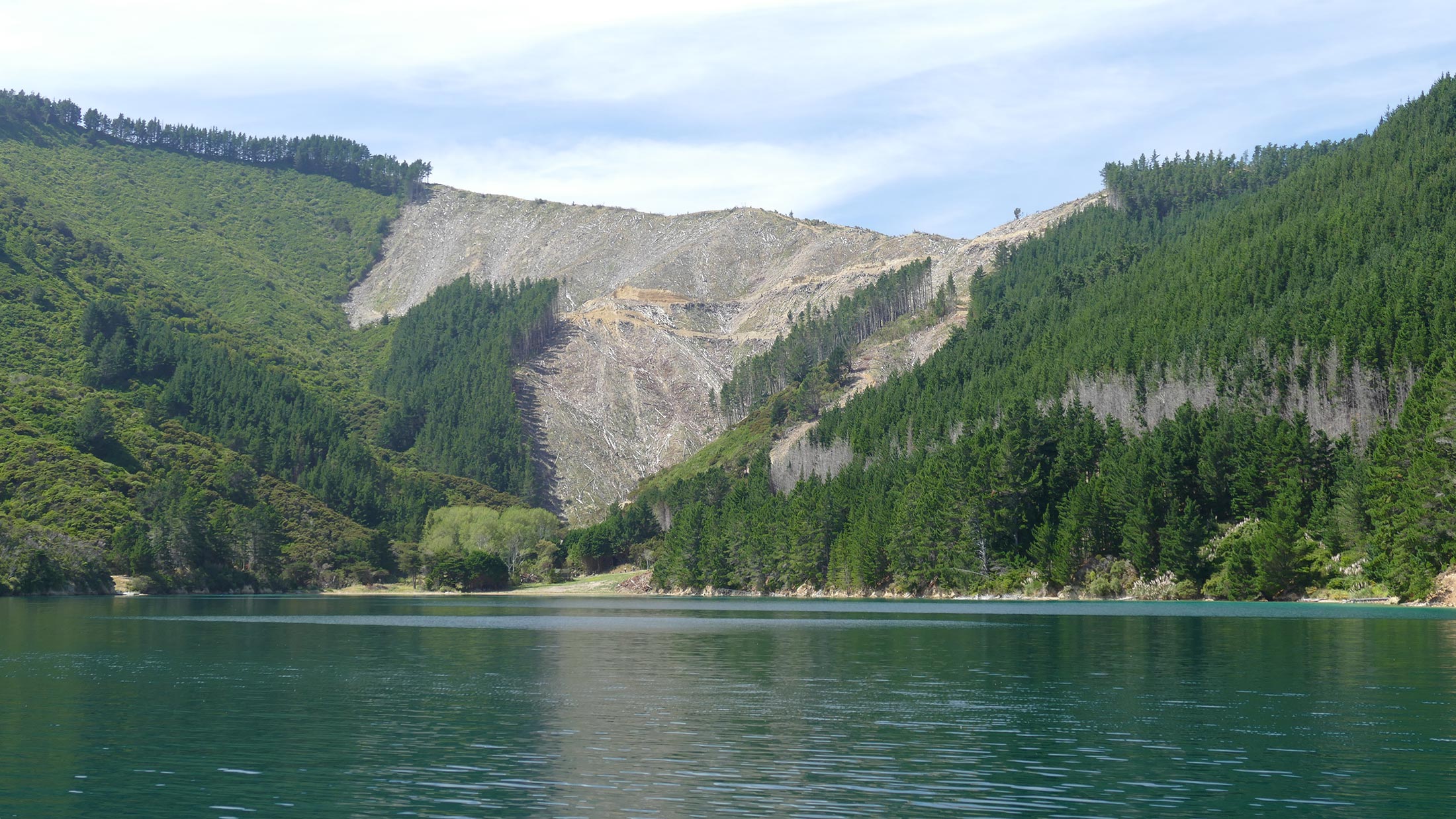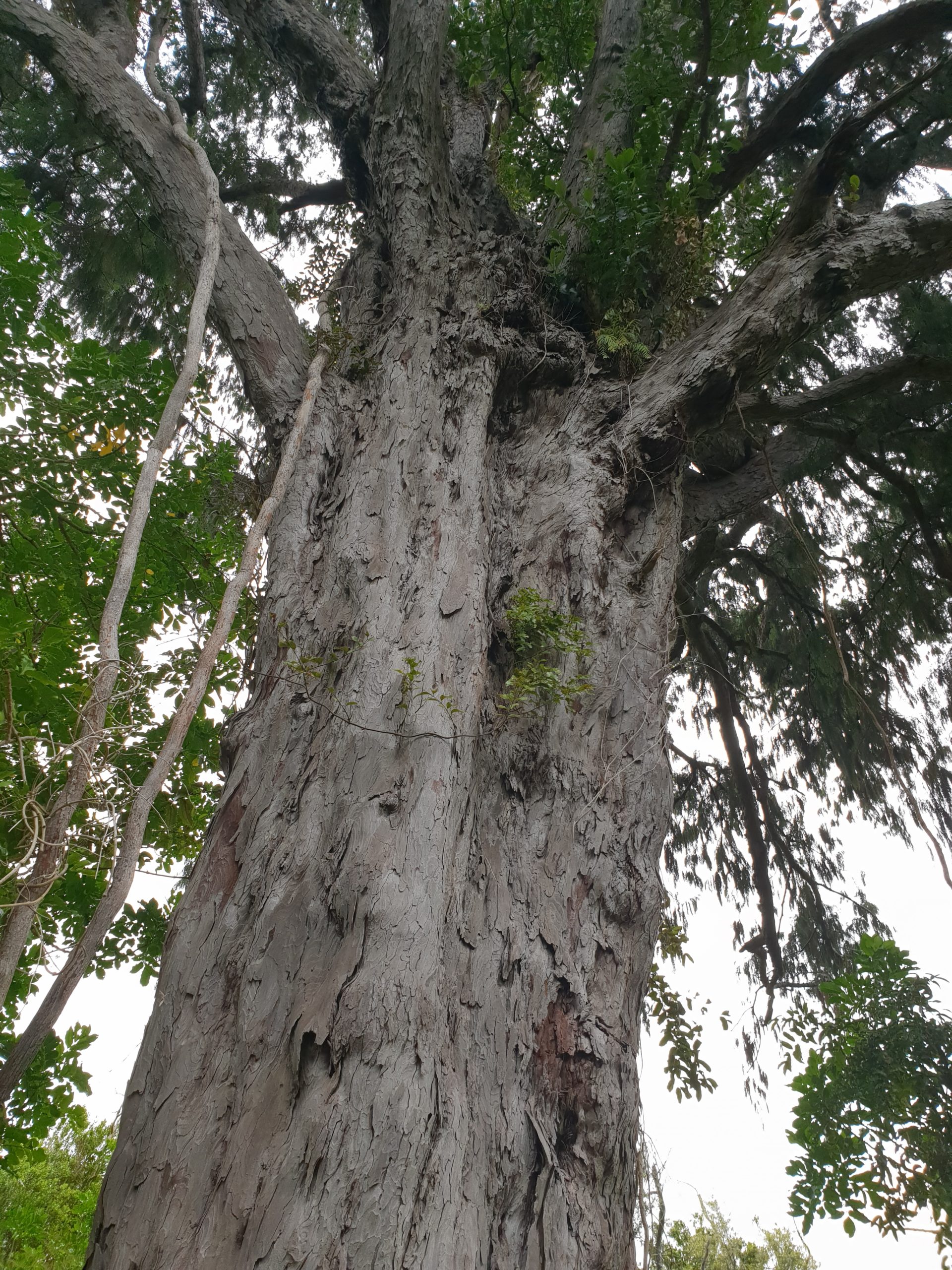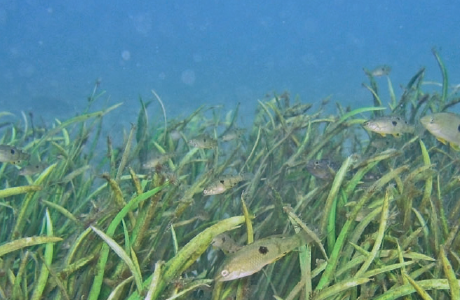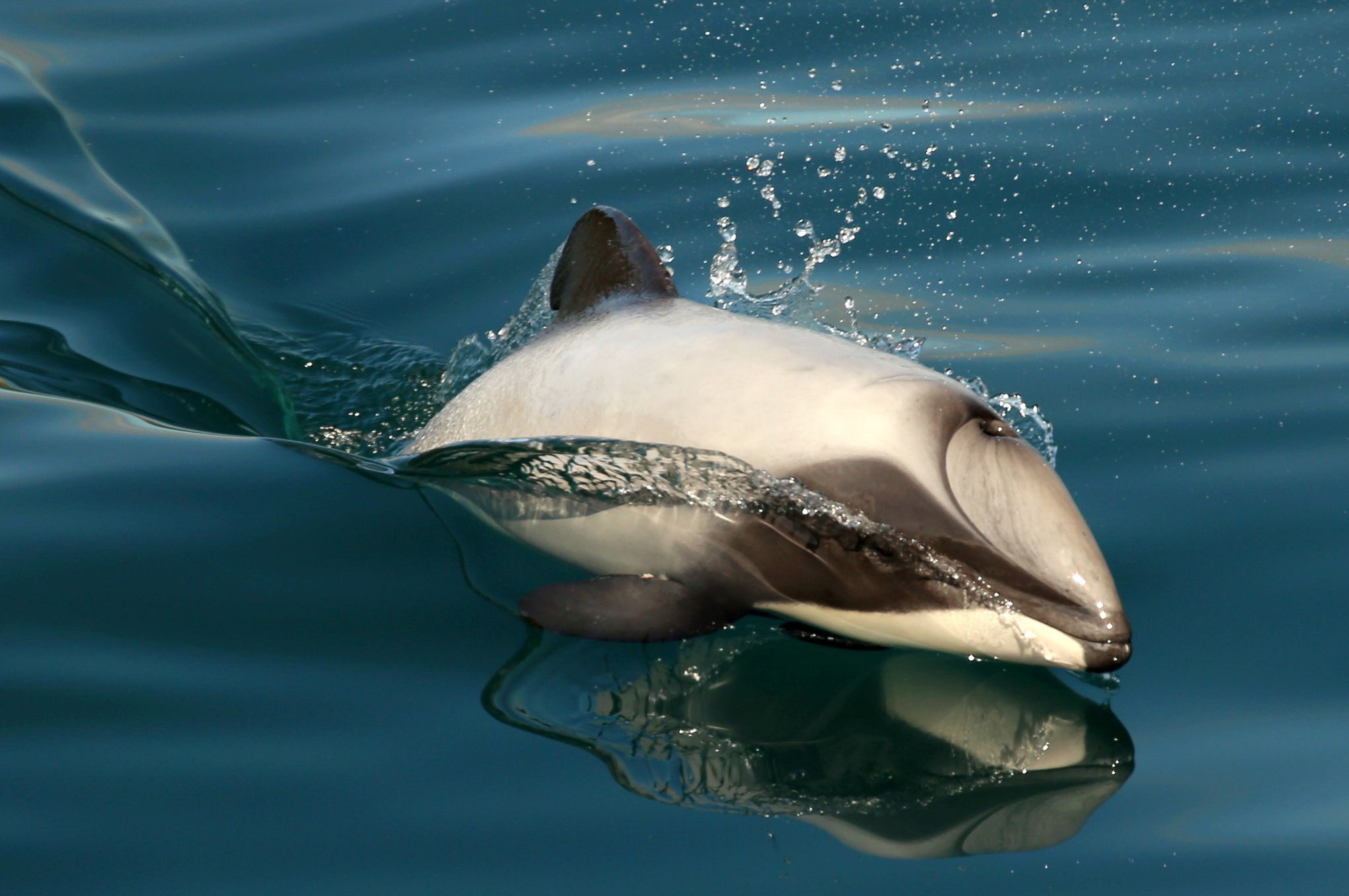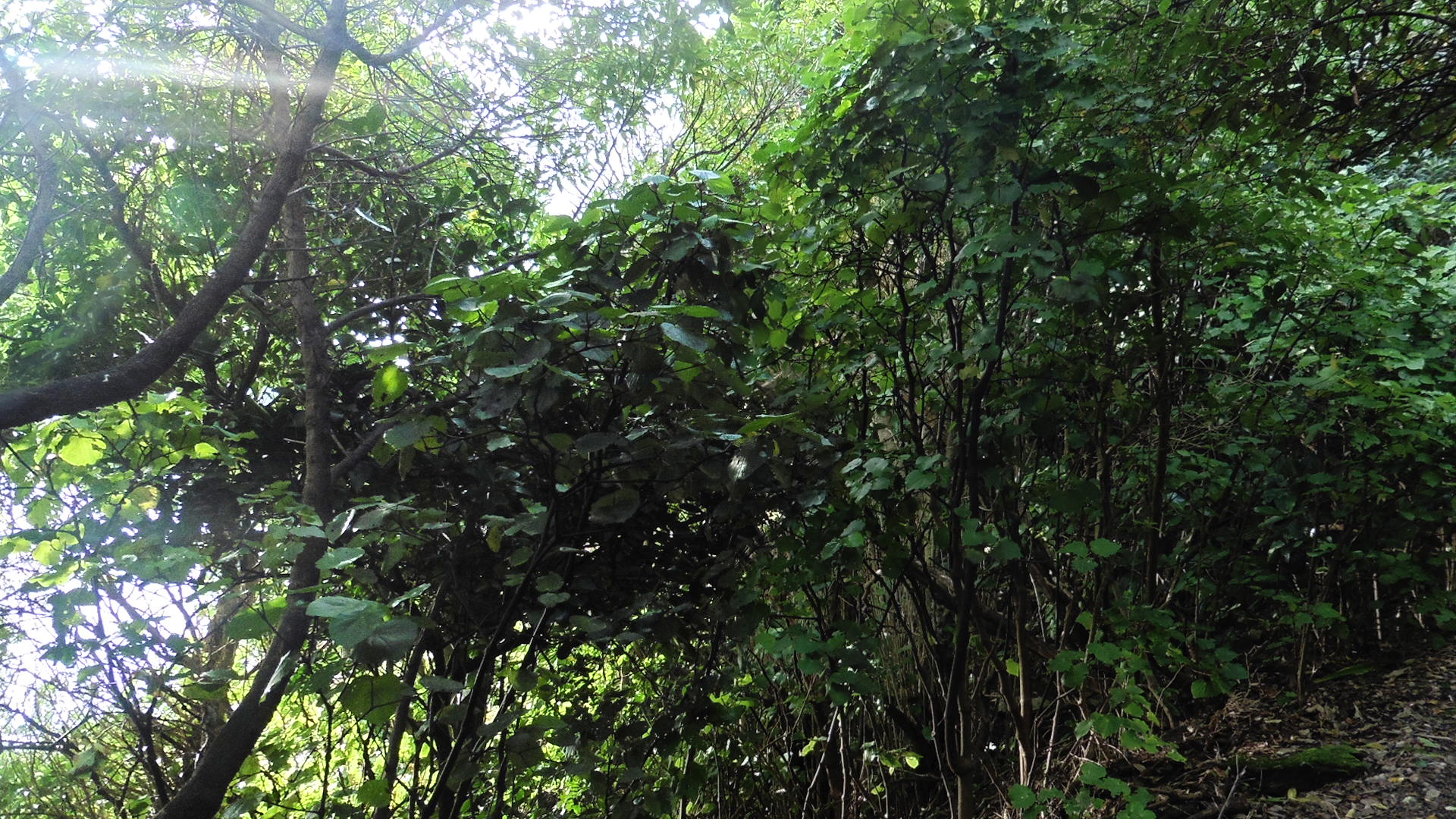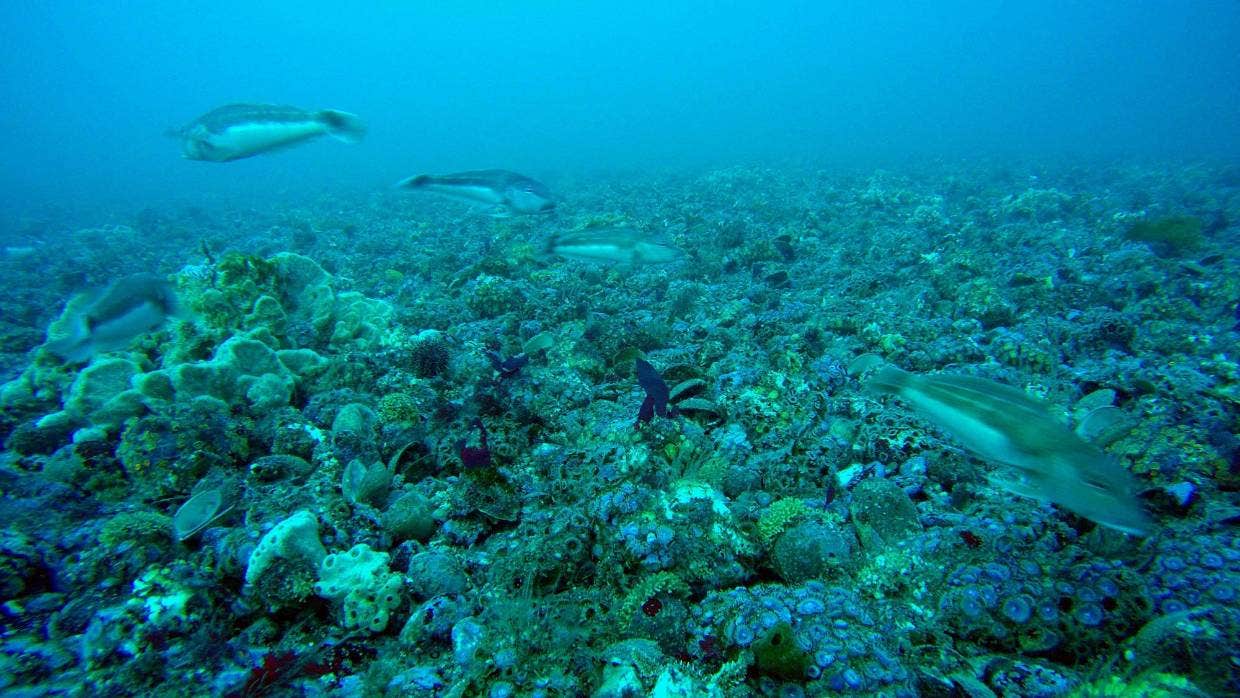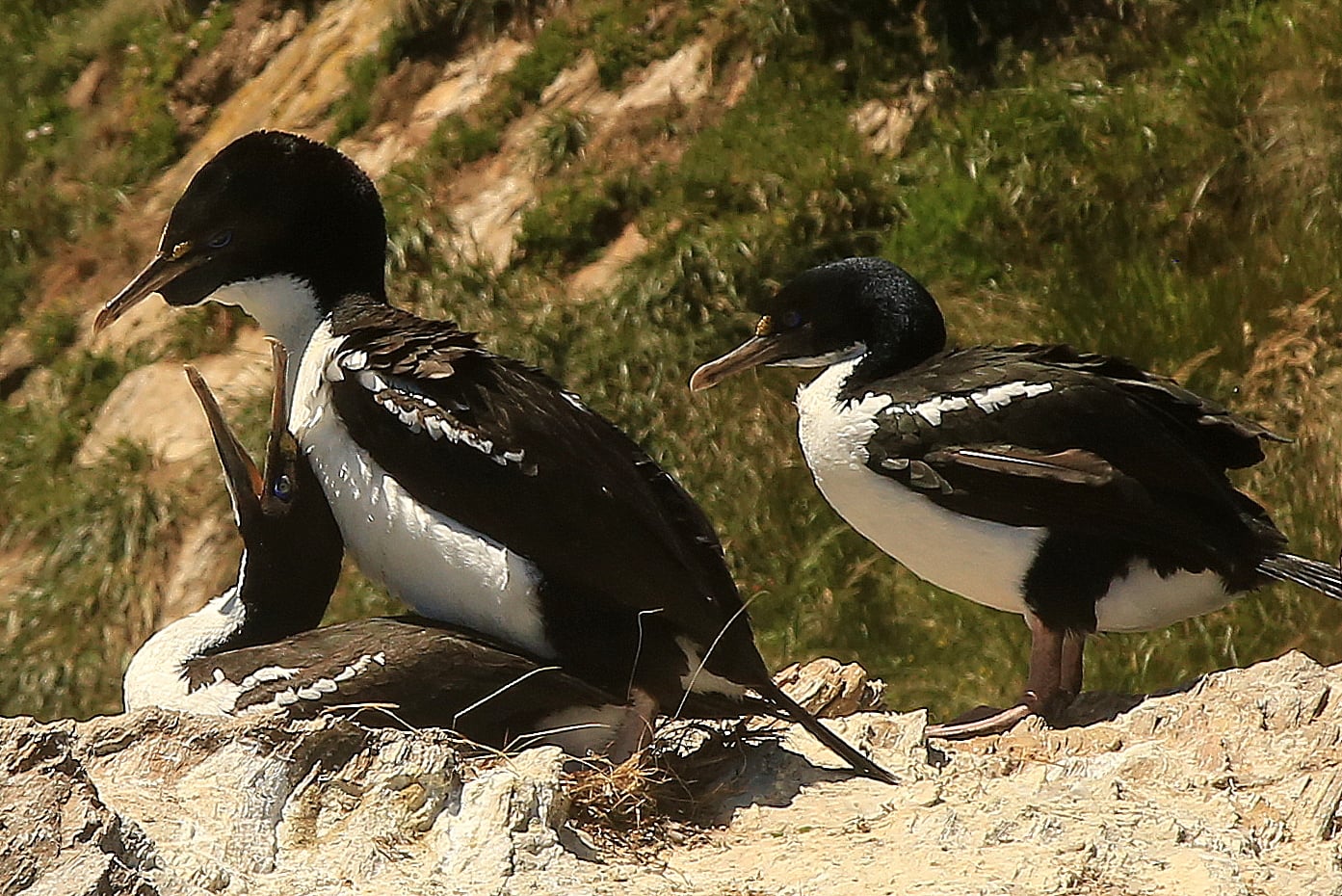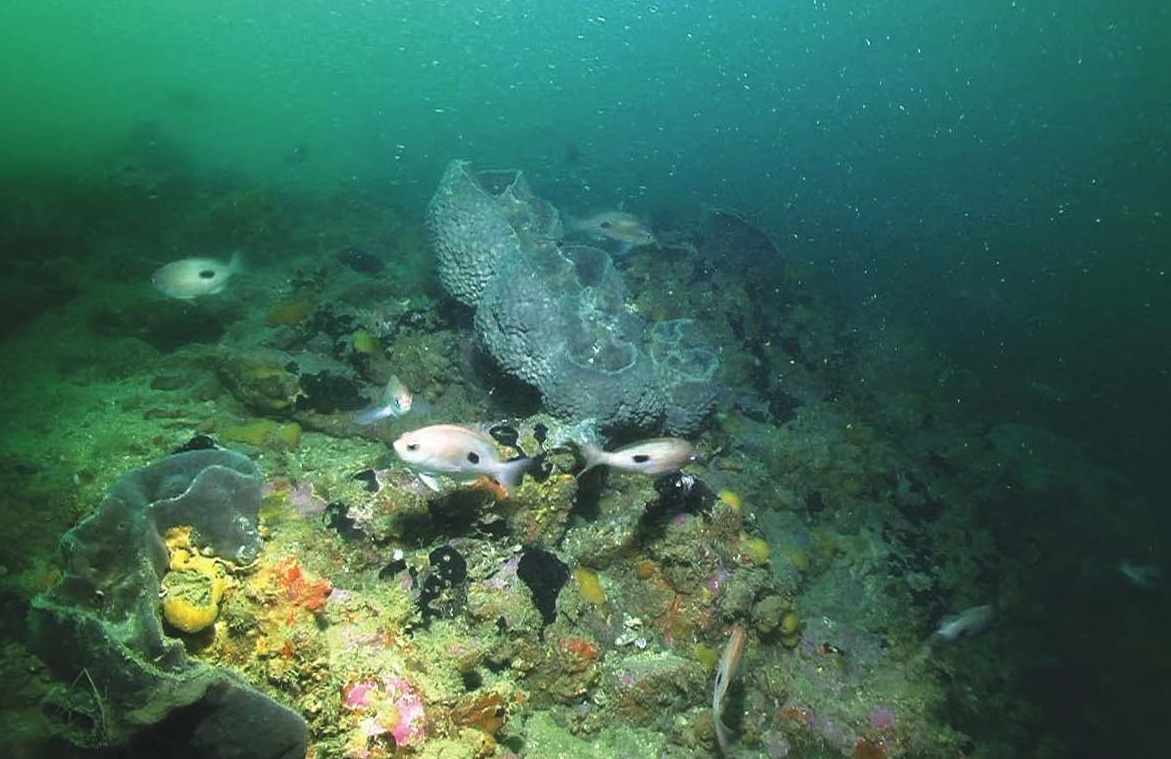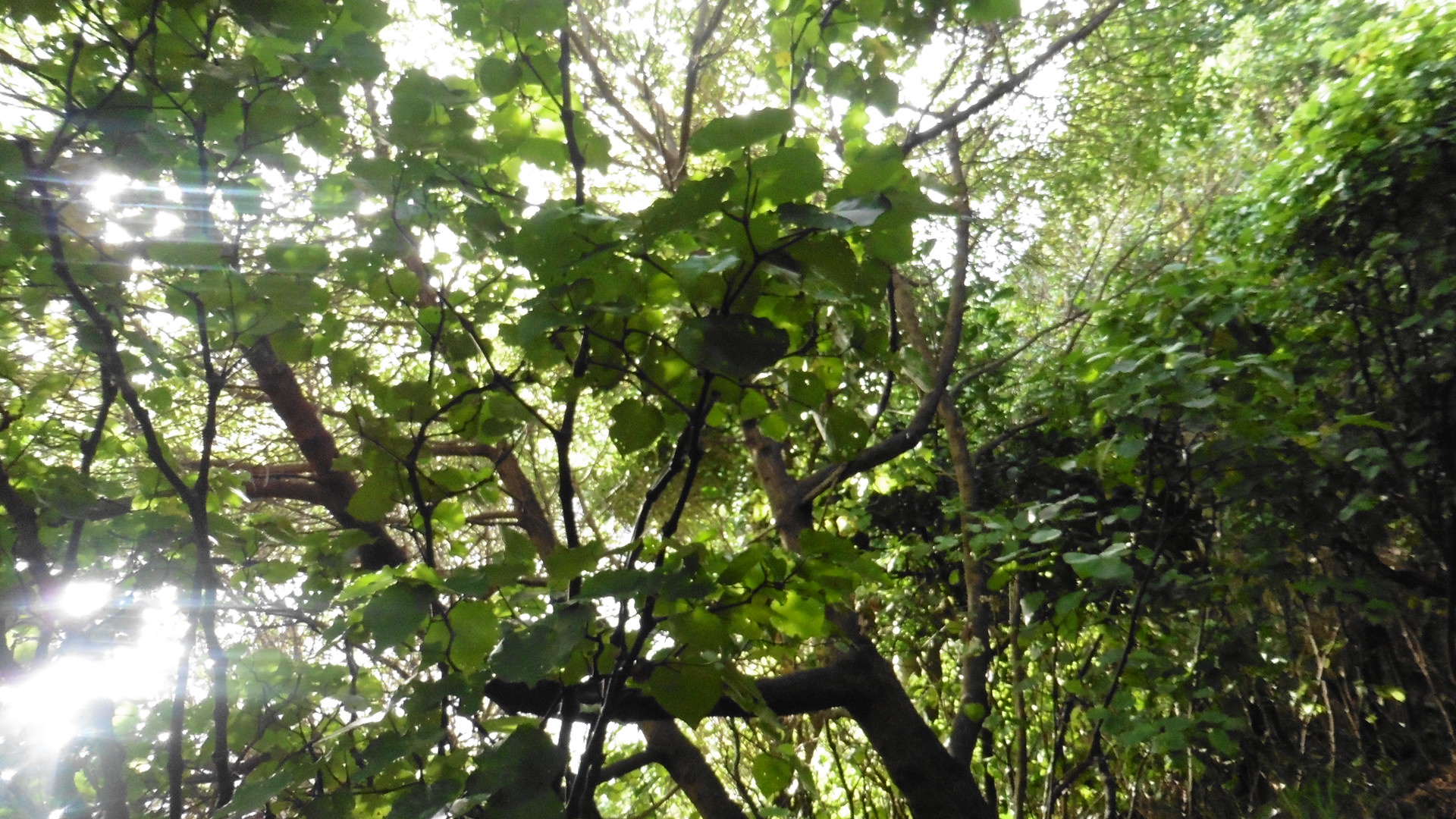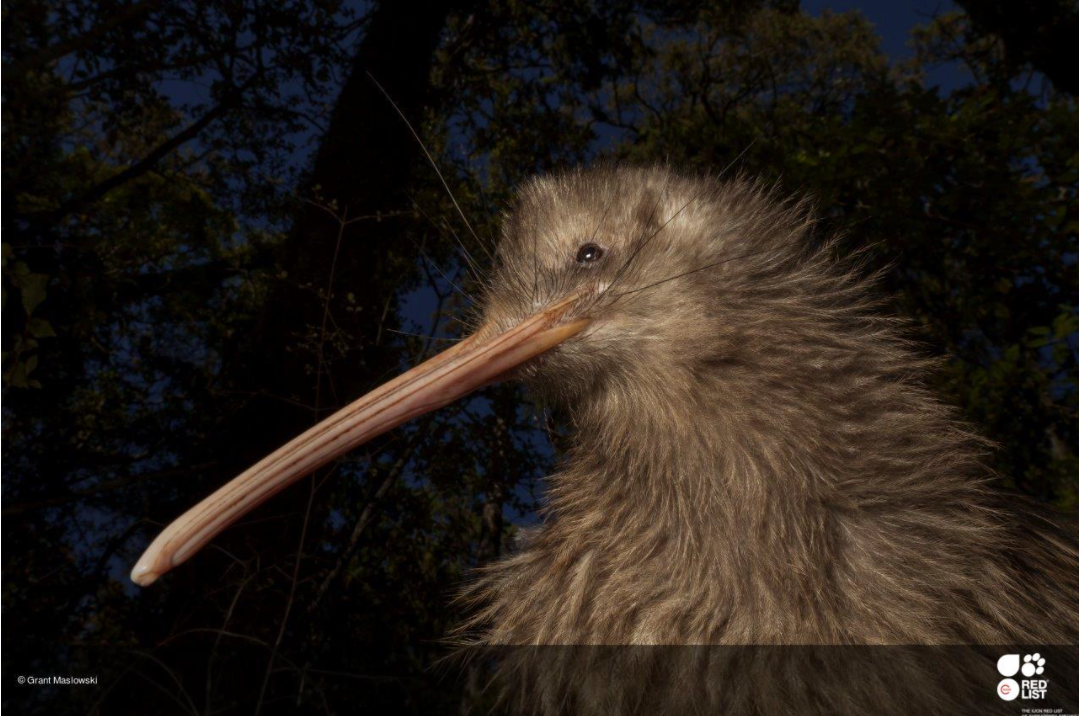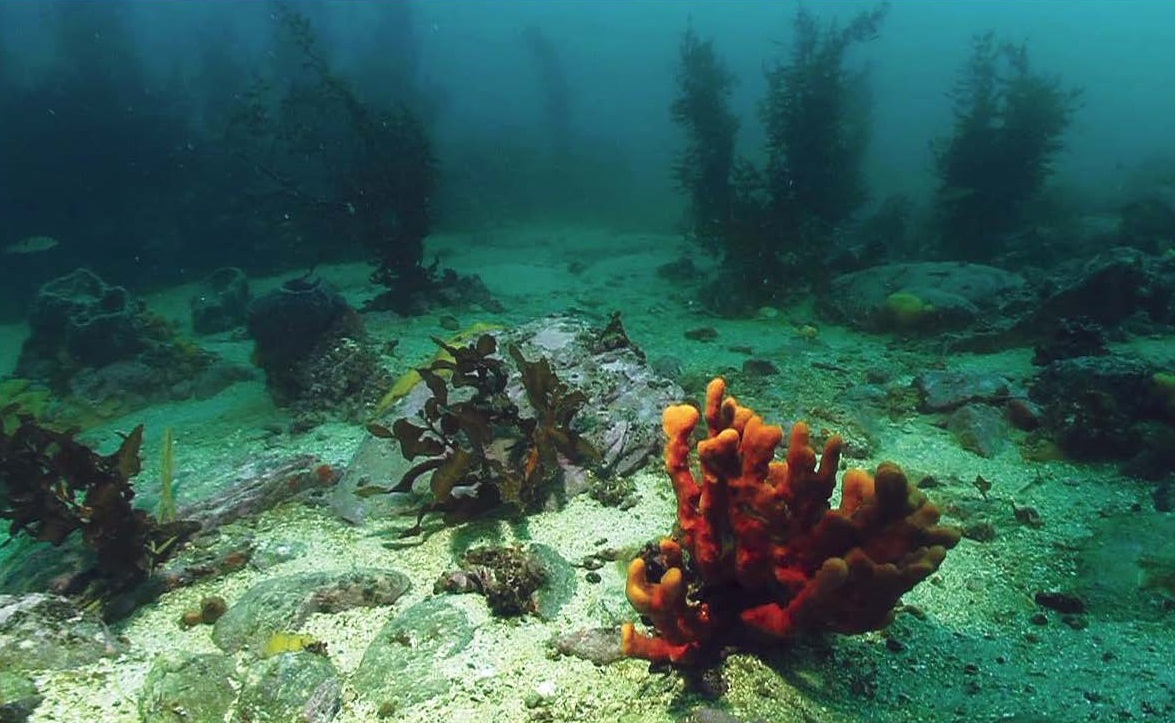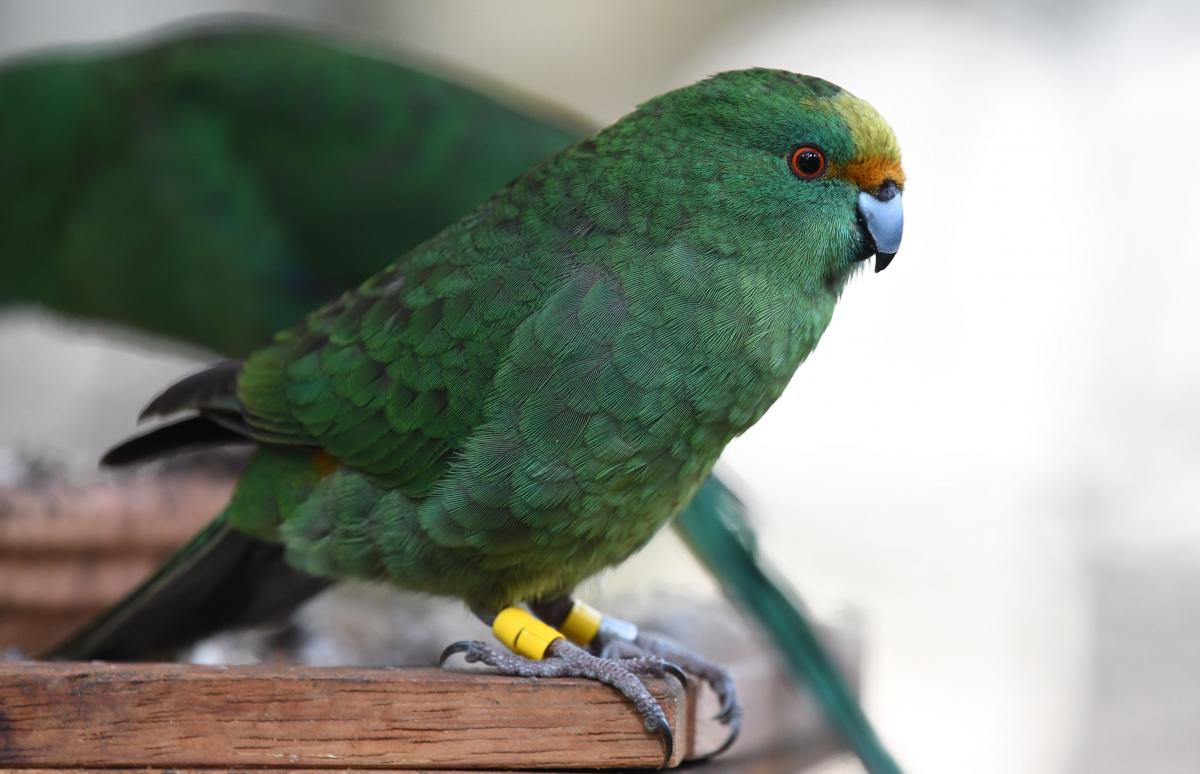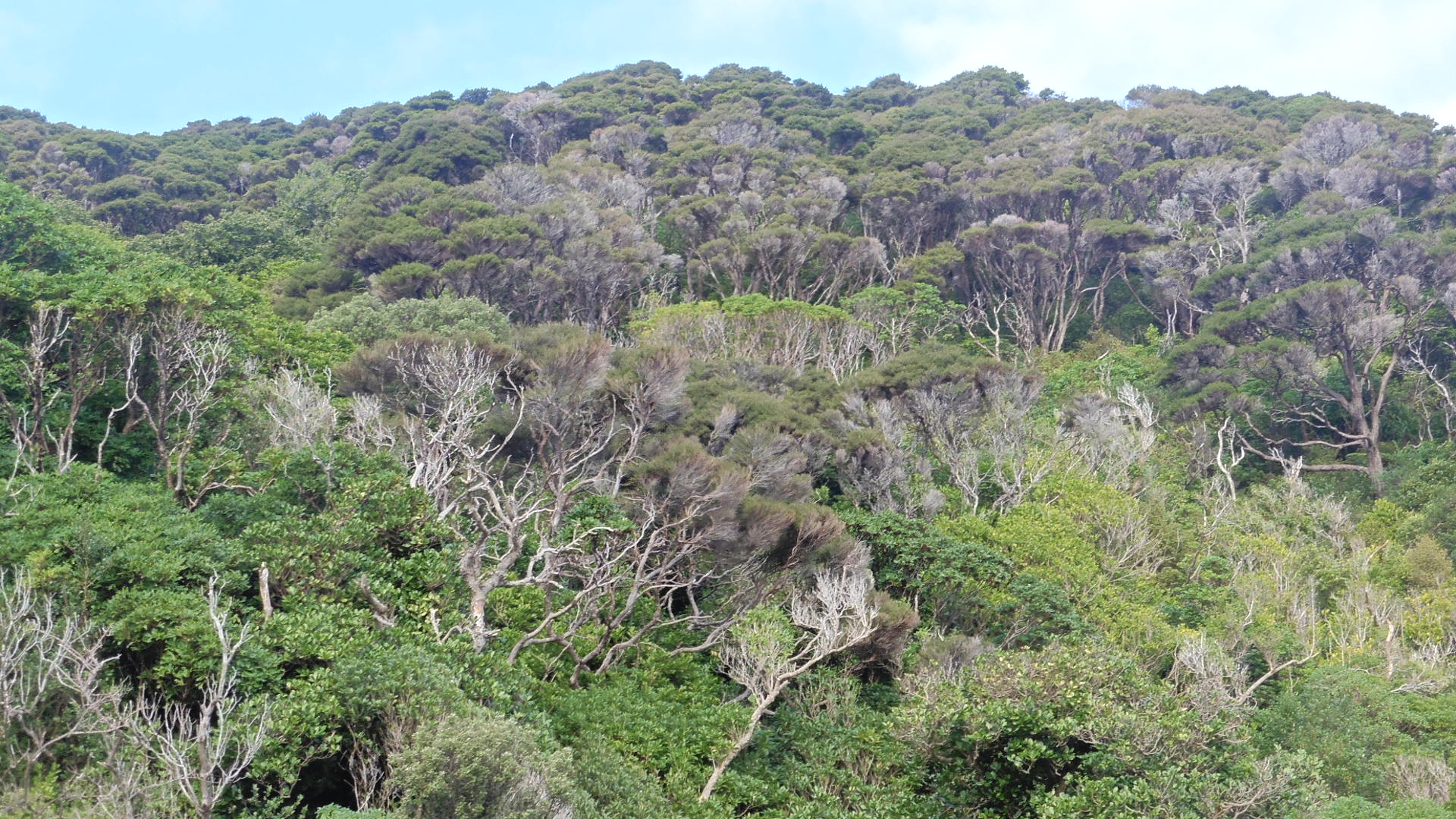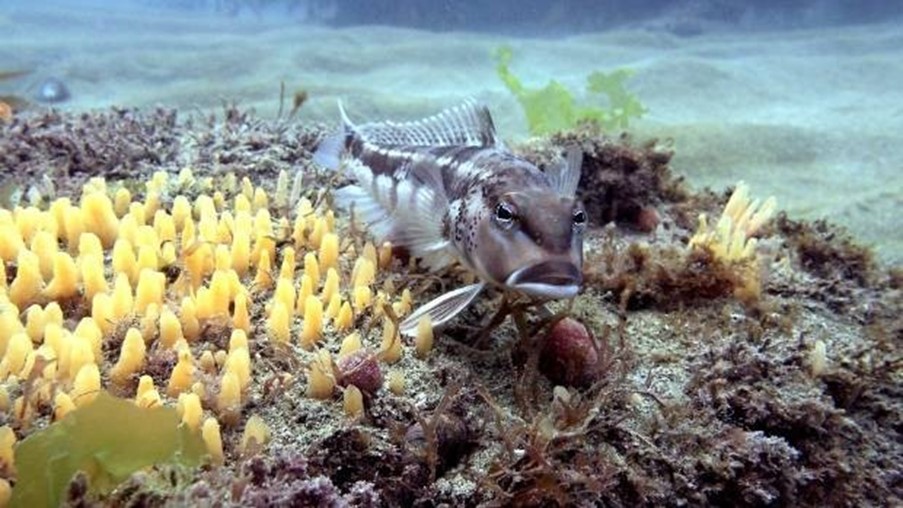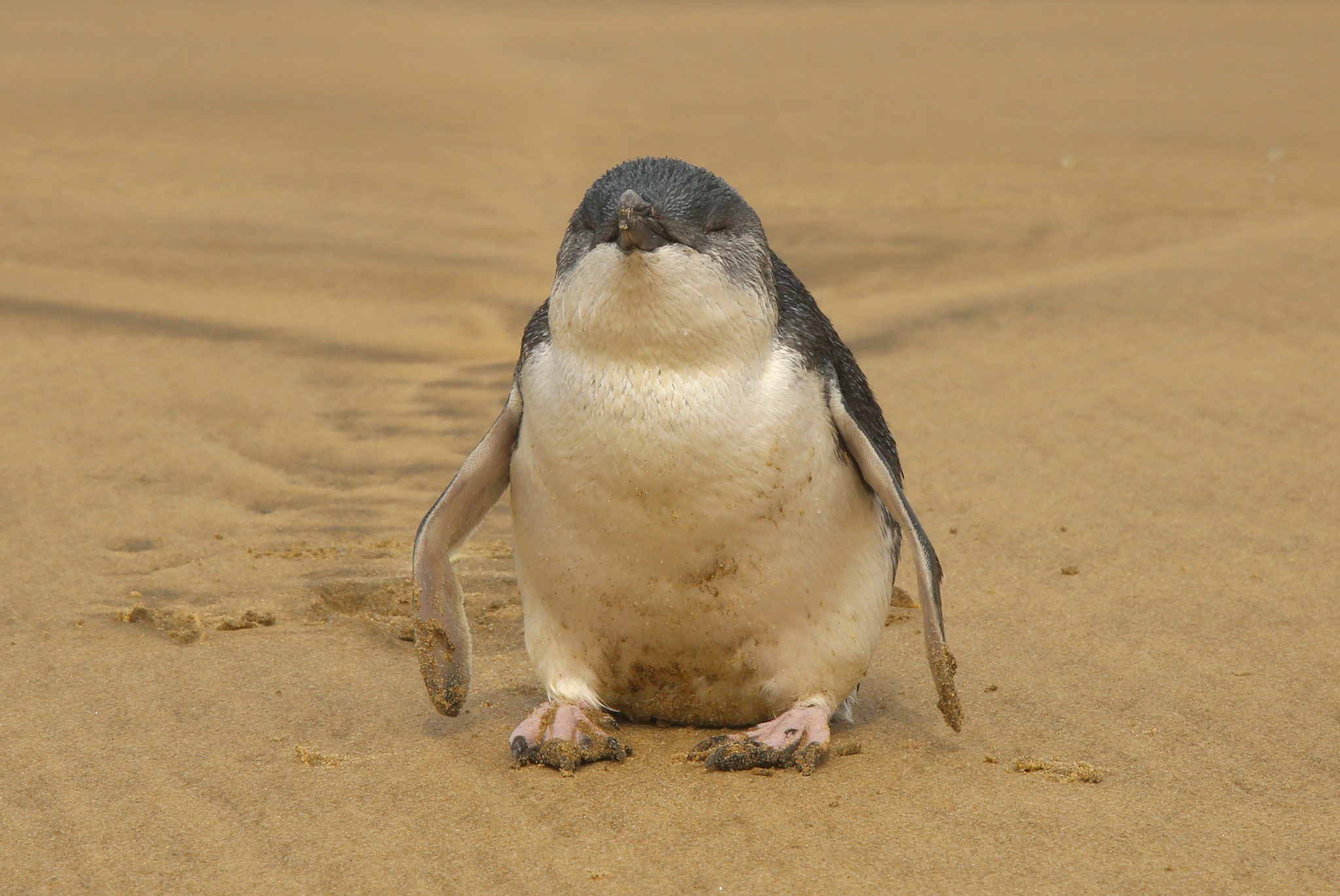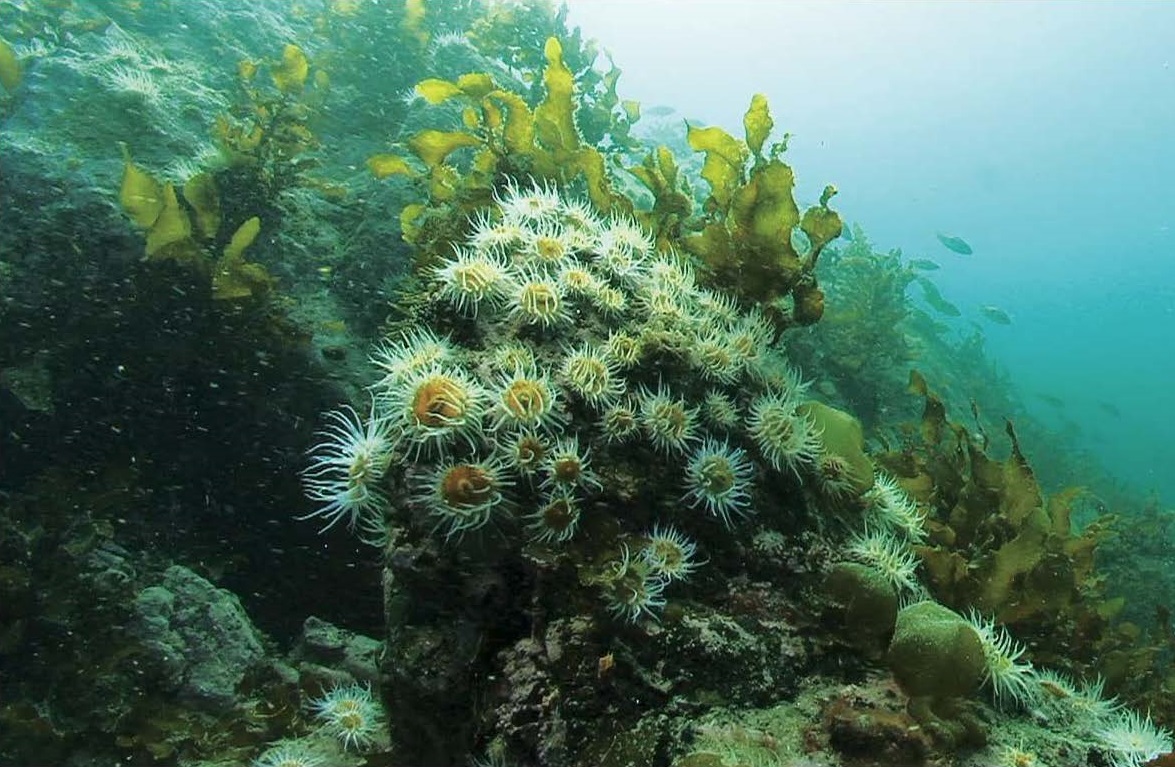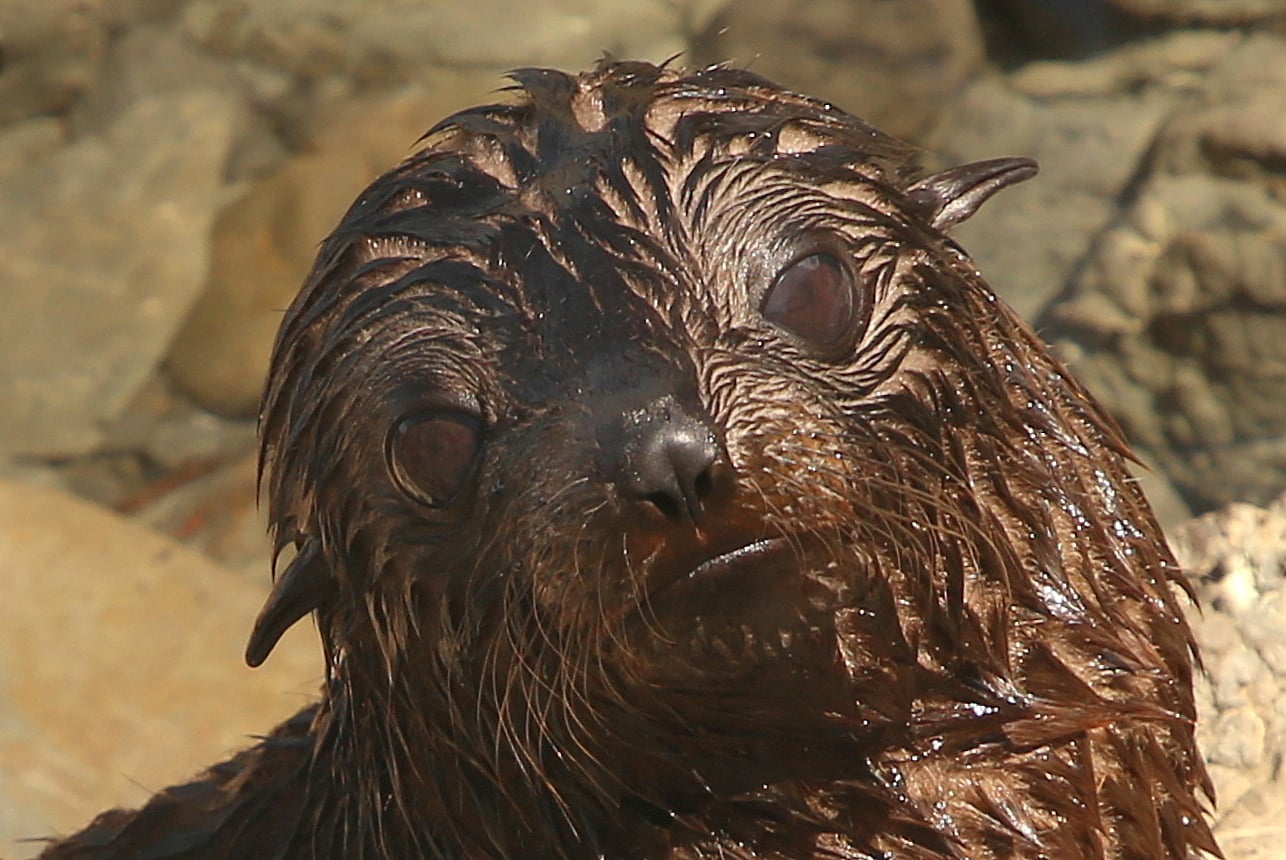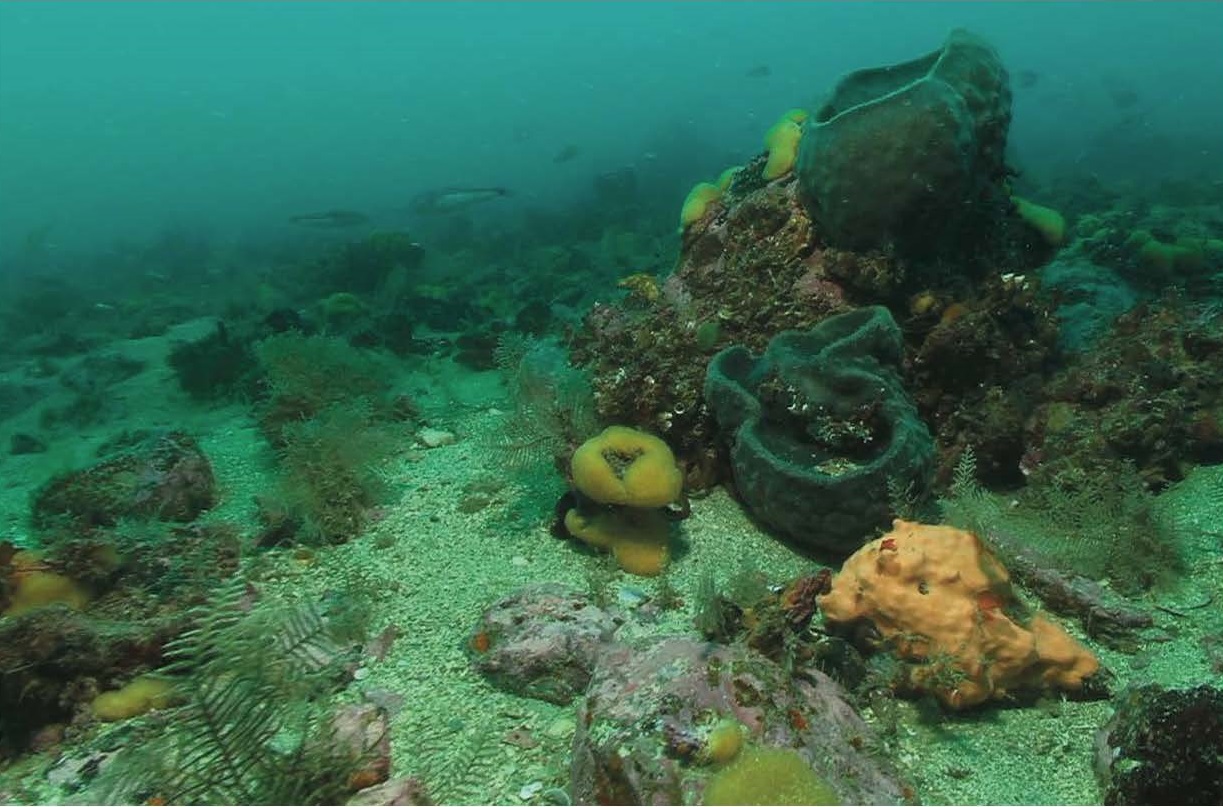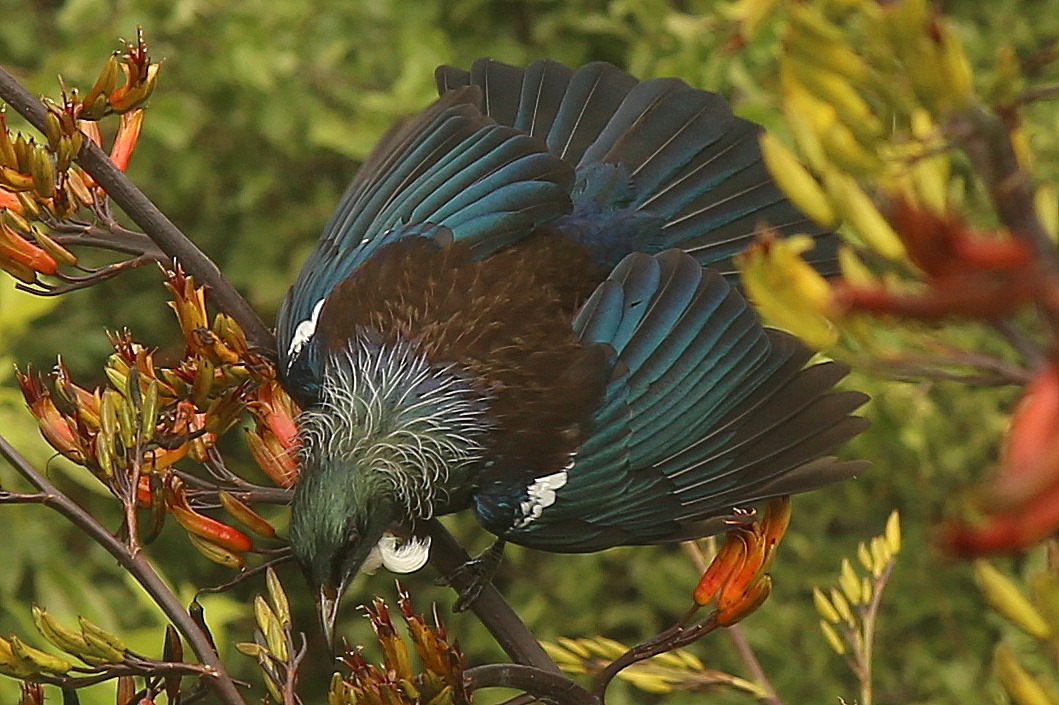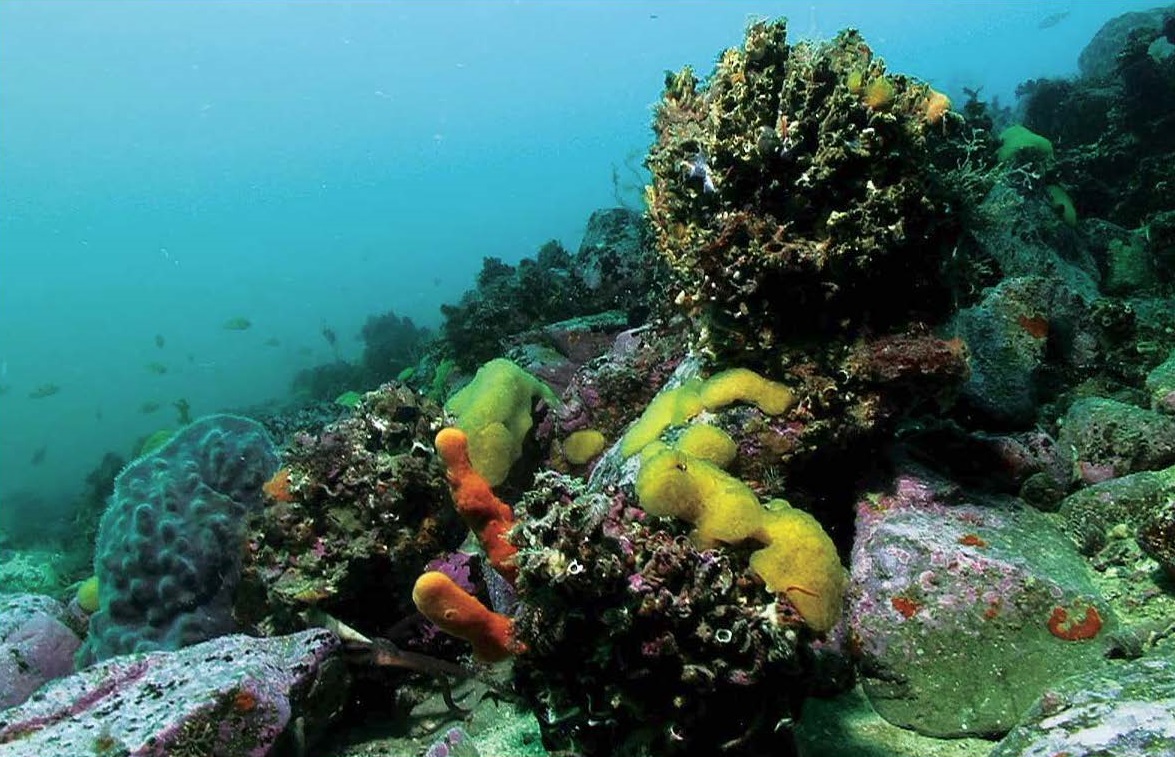It is very easy to only think about ourselves, our house, our property and what we are doing. Nature however works on a much larger scale and is a complex interconnected web of relationships between the land, plants, animals and the elements.
A catchment is simply the area of land surface where rain falls and drains to a common outlet like a mouth of a bay, lake, or sea. This concept is useful, because it is the scale on which many parts of the landscape work. The soil, plants, animals, and water all function together in a catchment, anything that affects one of these will also have an impact on the others. The health of catchments is vital for existence, they are our life support systems, and support the lives of all plants and animals.
Integrated catchment management recognises the importance of ecosystems and their role in supporting plant and animal life. It accounts for the complex relationships within those ecosystems including the biodiversity and ecology of stream and river systems, light, water temperature, pH, nutrient levels, and substrate that all affect the plants and animals living in the freshwater and seawater.

